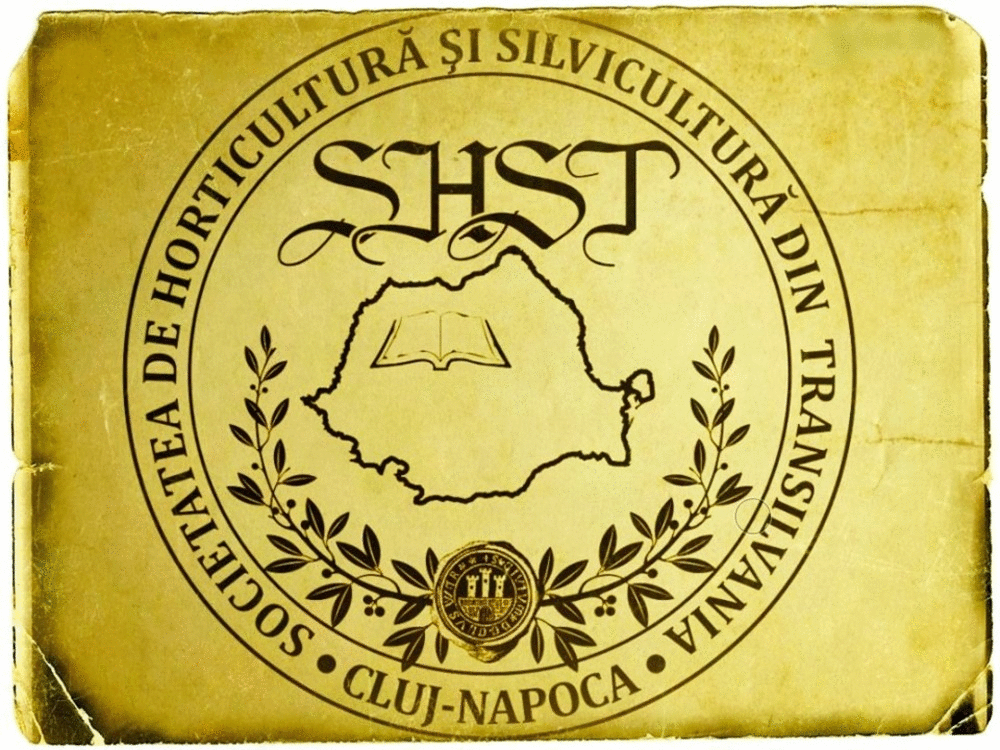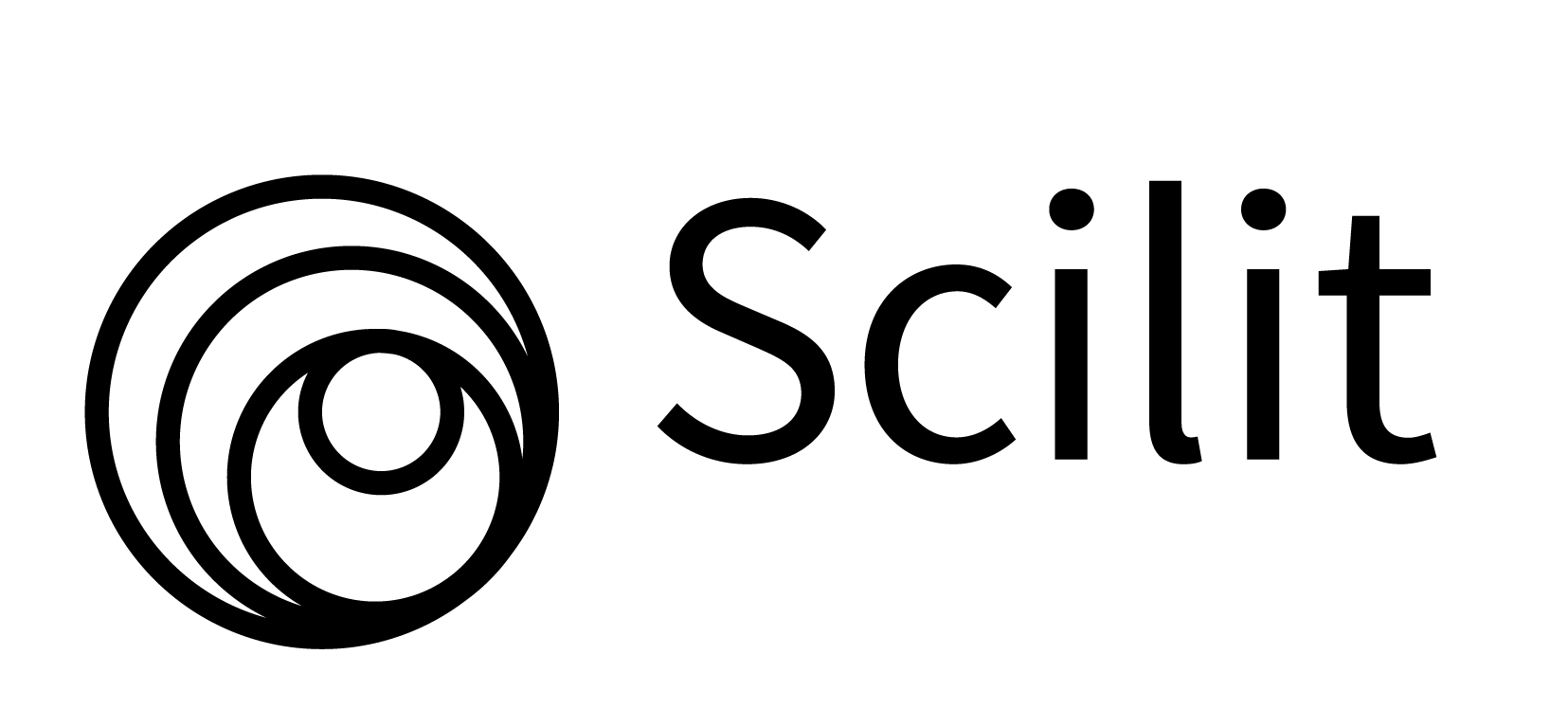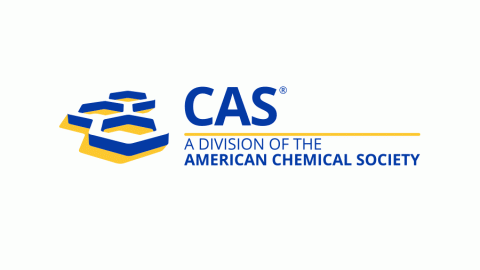Effluent from local palm oil mill refinery in Nigeria is excessively oily and potentially genotoxic
DOI:
https://doi.org/10.15835/nsb13410962Keywords:
chromosomes, cytotoxicity, mitosis, pollutants, POMEAbstract
In spite of the fact that the informal, local mills in countries like Nigeria constitute a major portion of the palm oil refinery, adequate attention has not been paid to the quality of the palm oil mill effluent (POME) they generate. In this study, therefore, the physicochemical properties and genotoxic potential of POME generated by a local mill in Nigeria were investigated using the methods prescribed by the American Public Health Association and Allium cepa chromosomal assay, respectively. In addition to the presence of trace/toxic metals (Zn, Pb, Cd, Cr, Cu) and high biochemical oxygen demand, POME contained a very high oil and grease concentration of 10,500 mg L-1 as against the maximum limit of 25 mg L-1 prescribed in the Environmental Management Guideline for the Palm Oil Industry. Mitotic activities in A. cepa roots exposed to POME showed that the number of dividing cells and percentage mitotic index generally decreased with increasing POME concentrations. The major chromosomal aberrations induced by POME were sticky, C-mitosis, bridged anaphase, vagrant, and attached chromosomes. However, no chromosomal aberrations were observed in onion roots exposed to water (control). These results indicate that the local refinery from where the POME was obtained is inefficient at recovering oil from palm fibre. The effluent generated by the mill is also a potential pollutant capable of inducing genotoxic and other adverse effects. These results may be typical of many more local palm oil refineries who use mainly manual methods to extract oil from oil palm fruits.
Metrics
References
Adegbite AE, Olorode O (2002). Karyotype studies of three species of Aspilia thouar (Heliantheae – Asteraceae) in Nigeria. Plant Science Research Communication 3:11-26.
American Public Health Association (APHA) (1998). American Standard Methods for Examinations of Water and Wastewater. 20th Ed. American Public Health Association (APHA)-American Water Works Association (AWWA)-American Pollution Control Federaation (WPCF), Washinghton, D. C.
Chandel M, Tank SK (2016). Cytogenetic study of Allium cepa root tip cells treated with textile effluent. Biotechnological Research 2(3):100-103.
Dada EO, Akinola MO, Haruna R (2018). Physico-chemical and genotoxicity assessments of palm oil mill effluent generated by a corporate refinery in Nigeria. Pollution 4(1):83-92. https://doi.org/10.22059/poll.2017.237168.293
Eze VC, Owunna ND, Avoaja DA (2013). Microbiological and physicochemical characteristics of soil receiving palm oil mill effluent in Umuahia, Abia State, Nigeria. Journal of Natural Sciences Research 3(7):163-169.
Fiskesjo G (1997). Allium test for screening chemicals: Evaluation of cytological parameters. Plant for Environmental Studies. 11:307-333. http://dx.doi.org/10.1201/9781420048711.ch11
Glinska S, Bartczak M, Oleksiaka S, Wolska A, Gabara B, Posmyk M (2007). Effects of anthocyanin-rich extract from red cabbage leaves on meristematic cells of Allium cepa L. roots treated with heavy metals. Ecotoxicological and Environmental Safety 68:343-350. https://doi.org/10.1016/j.ecoenv.2007.02.004
Igwe JC, Onyegbado CC (2007). A review of palm oil mill effluent (POME) water treatment. Global Journal of Environmental Research 1(2):54-62.
Kaymak F, Goc-Rasgele P (2009). Genotoxic effects of raxil on root tips and anthers of Allium cepa L. Caryologia 62(1):1-9. https://doi.org/10.1080/00087114.2004.10589659
Kwakaram IA (2016). Effects of fat, oil and grease (FOG) discharge pollutants on water quality of Qalyasan stream, Tanjero River and impact of of fat, oil and grease on Darbandikhan reservoir in Sulaimani City-Kurdistan Region of Iraq-Iraq. International Journal of Environment, Ecology, Family and Urban Studies 6(1):1-12.
Leme DM, Marin-Morales MA (2009). Allium cepa test in environmental monitoring: А review on its application. Mutation Research/Reviews in Mutation Research 682:71-81. https://doi.org/10.1016/j.mrrev.2009.06.002
Madaki YS, Seng L (2013). Palm oil mill effluent (POME) from Malaysia palm oil mills: waste or resource. International Journal of Science, Environment and Technology 2(6):1138-1155.
McPhail N (2015). Review of removal of fats, oil and greases from meat processing plants. A publication of Australian Meat Processor Corporation (AMPC), pp 26. https://silo.tips/download/review-of-removal-of-fats-oil-and-greases-from-effluents-from-meat-processing-pl
Ohimain EI, Seiyaboh EI, Izah SC, Oghenegueke EV, Perewarebo GT (2012). Some selected physico-chemical and heavy metal properties of palm oil mill effluents. Greener Journal of Physical Sciences 2(4):131-137. https://doi.org/10.1.1.1074.1751&rep=rep1&type=pdf
Okwute LO, Isu NR (2007). The environmental impact of palm oil mill effluent (POME) on some physico-chemical parameters and total aerobic bioload of soil atb a dump site in Anyigba, Kogi State, Nigeria. African Journal of Agricultural Research 2(12):656-662.
Onyia CO, Uyu AM, Akunna JC, Norulaini NA, Omar AK (2001). Increasing the fertilizer value of palm oil mill sludge: bioaugmentation in nitrification. Water Science and Technology 44:157-162. https://doi.org/10.2166/wst.2001.0608
Orji MU, Nwokolo SO, Okoli I (2006). Effects of palm oil mill effluent on soil microflora. Nigerian Journal of Microbiology 20(2):1026-1031.
Otti VI, Ifeanyichukwu HI, Nwaorum FC, Ogbuagu FU (2014). Sustainable oil palm management in engineering development. Civil and Environmental Research 6(5):121-125.
Qian XW, Luo WH, Zheng OX (2006). Joint effects of microwave and chromium trioxide on root tip cells of Viciafaba. Journal Zhejiang University (Science) 7(3):221-227. https://doi.org/10.1631/jzus.2006.B0221
Radic S, Stipanicev D, Vujcic V, Rajcic MM, Sirac S, Pevalek-Kozlina B (2010). The evaluation of surface and wastewater genotoxicity using the Allium cepa test. Science of Total Environment 408:1228-1233. https://doi.org/10.1080/00087114.2004.10589659
Rupani PF, Singh RP, Ibrahim MH, Esa N (2010). Review of current palm oil mill effluent (POME) treatment methods: vermicomposting as a sustainable practice. World Applied Sciences Journal 11(1):70-81.
Sahu KR, Katiyar S, Tiwari J, Kisku CG (2007). Assessment of drain water receiving effluent from tanneries and its impact on soil and plants with particular emphasis on bioaccumulation of heavy metals. Journal of Environmental Biology 28(3):685-690.
Sudhakar R, Gowda KNN, Venu G (2001). Mitotic abnormalities induced by silk dyeing industry effluents in the cells of Allium cepa L. Cytologia 66:235-239. https://doi.org/10.30750/ijpbr.1.3.15
Thailand Department of Industrial Works, TDIW (1997). Environmental Management Guideline for the Palm Oil Industry. Thailand, PN 2000.2265.5-001.00, pp 75. https://www.elaw.org/system/files/th.palm.oil.industry.guidelines.pdf
Travis MJ, Weisbrod N, Gross A (2008). Accumulation of oil and grease in soils irrigated with grey water and their potential role in soil water repellency. Science of the Total Environment 394:68-74. https://doi.org/10.1016/j.scitotenv.2008.01.004

Downloads
Published
How to Cite
Issue
Section
License
Papers published in Notulae Scientia Biologicae are Open-Access, distributed under the terms and conditions of the Creative Commons Attribution License.
© Articles by the authors; licensee SMTCT, Cluj-Napoca, Romania. The journal allows the author(s) to hold the copyright/to retain publishing rights without restriction.
License:
Open Access Journal - the journal offers free, immediate, and unrestricted access to peer-reviewed research and scholarly work, due SMTCT supports to increase the visibility, accessibility and reputation of the researchers, regardless of geography and their budgets. Users are allowed to read, download, copy, distribute, print, search, or link to the full texts of the articles, or use them for any other lawful purpose, without asking prior permission from the publisher or the author.













.png)















